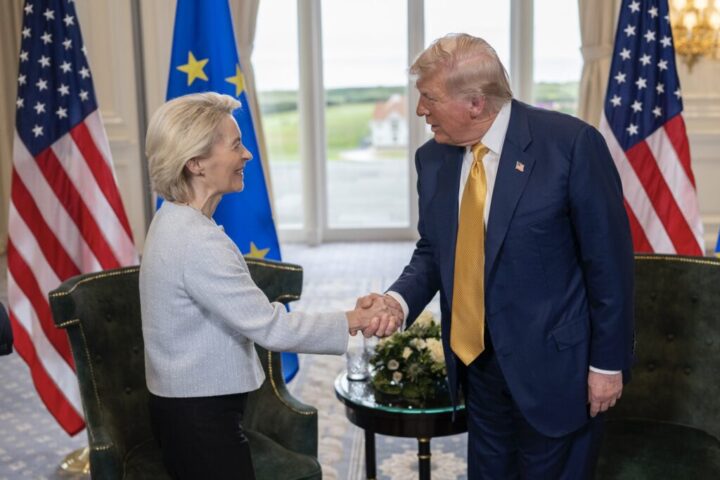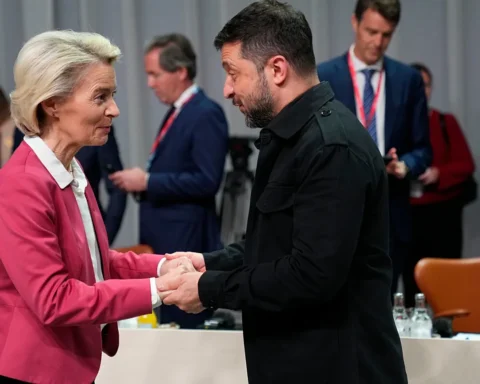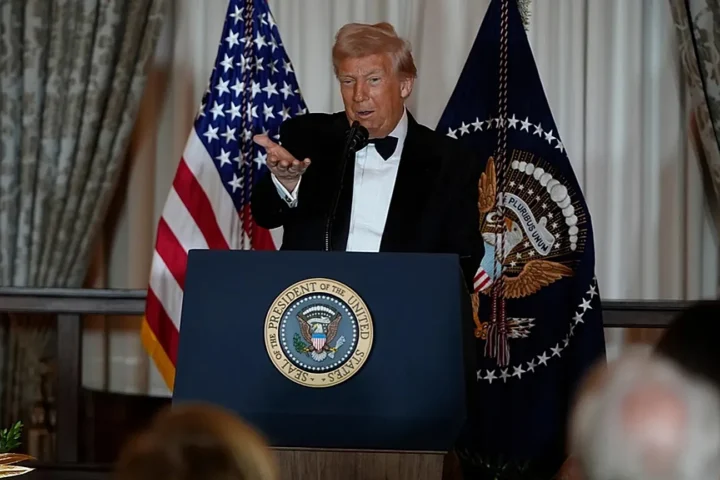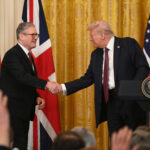As transatlantic trade tensions simmer, the United States and European Union are edging closer to a new trade deal aimed at stabilizing markets, protecting key industries, and avoiding a looming tariff war. The negotiations, driven by a mutual need to protect vital economic sectors, come as a temporary tariff truce nears its expiration date in July 2025.
What’s in the Proposed U.S.–EU Trade Deal
1. Trade Concessions and Strategic Goals
The U.S. has called for the removal of non-tariff barriers, including regulatory constraints and digital trade rules that affect American firms operating in Europe. In return, the EU is offering reduced tariffs on imports such as U.S.-made automobiles, liquefied natural gas (LNG), and agricultural products — a major win for American exporters.
2. Ongoing Sticking Points
While both sides express a willingness to cooperate, the EU remains firm on preserving its regulatory independence. The U.S. push to ease VAT structures and relax oversight of big tech companies faces strong resistance, especially from countries like France and Germany.
3. Time is Running Out
A tariff truce between the two sides is set to expire in early July. Without a new deal, the U.S. is expected to hike tariffs on key EU exports, potentially up to 50%, prompting the EU to prepare countermeasures that could cost billions. Negotiators are under intense pressure to finalize a resolution before the deadline.
4. Strategic and Diplomatic Considerations
Beyond tariffs, both the U.S. and EU are exploring deeper cooperation frameworks — such as reinforcing the Trade & Technology Council or aligning with global trade reform efforts. Political leaders are signaling openness to a broader, long-term partnership if this deal succeeds.
Why It Matters
| Issue | Impact |
|---|---|
| Industrial Protection | Auto, steel, agriculture, and chemical sectors at risk |
| Economic Stability | Uncertainty could disrupt supply chains and investments |
| Global Trade Dynamics | The deal could reset standards for other trade pacts |
| Diplomatic Trust | Agreement would reaffirm U.S.-EU alignment in global affairs |
Final Thought
As the clock ticks toward a new tariff crisis, the U.S. and Europe face a critical choice: escalate or cooperate. A successful trade agreement would not only prevent economic fallout but also signal that even amid geopolitical competition, transatlantic unity remains possible through pragmatic negotiation.





























